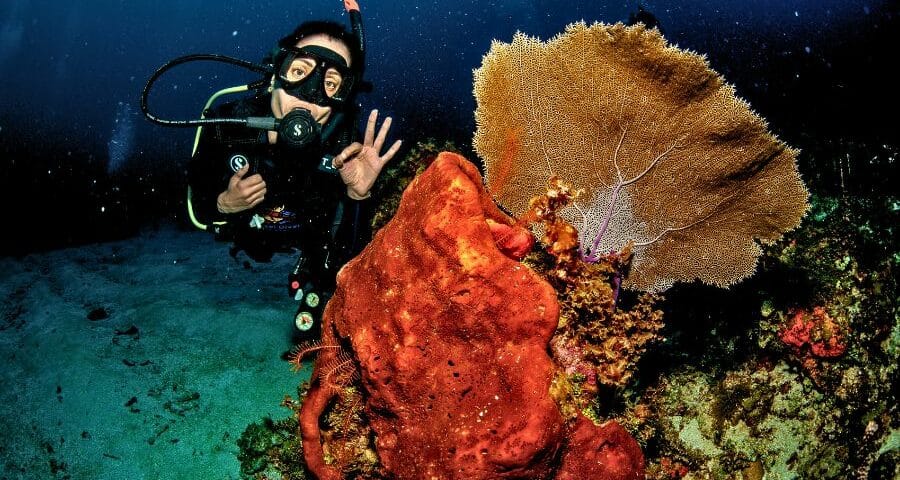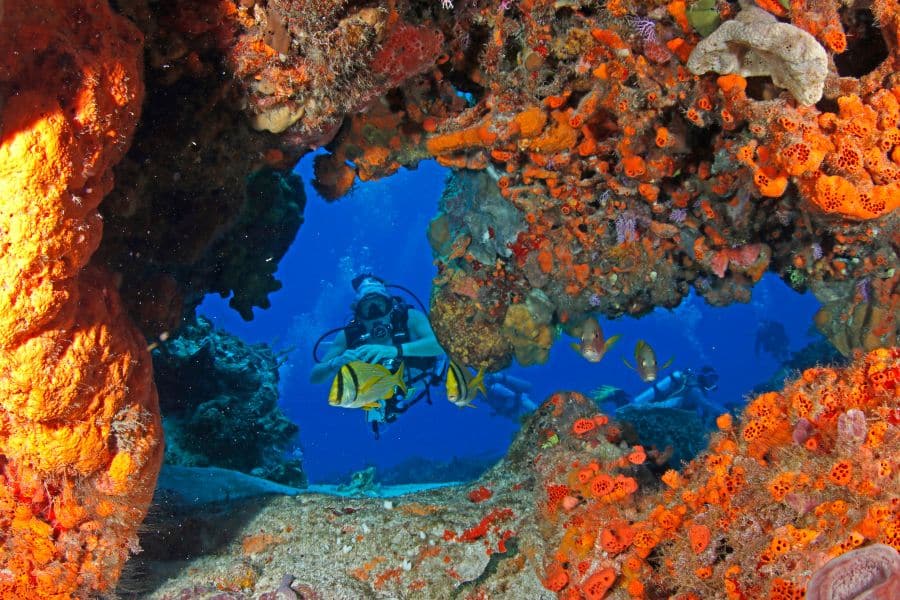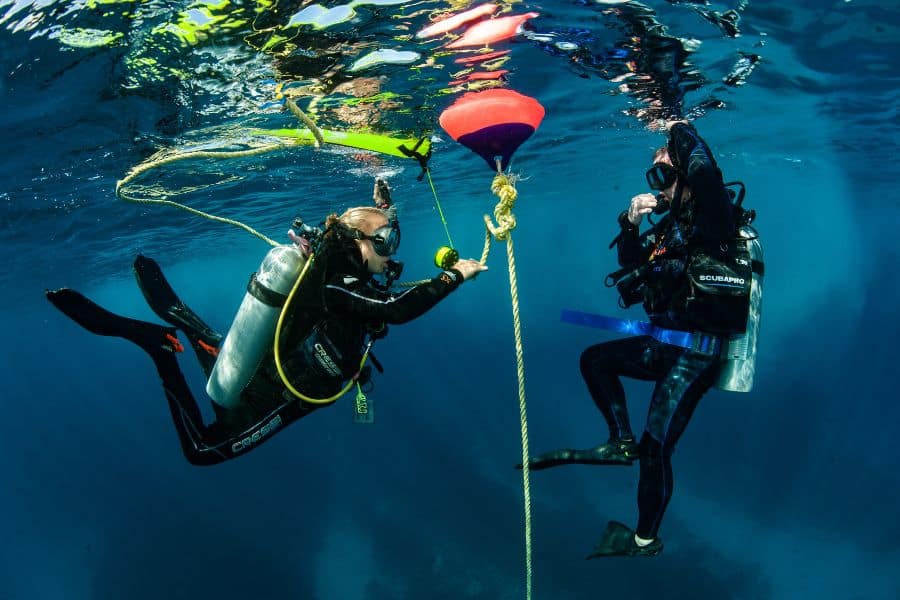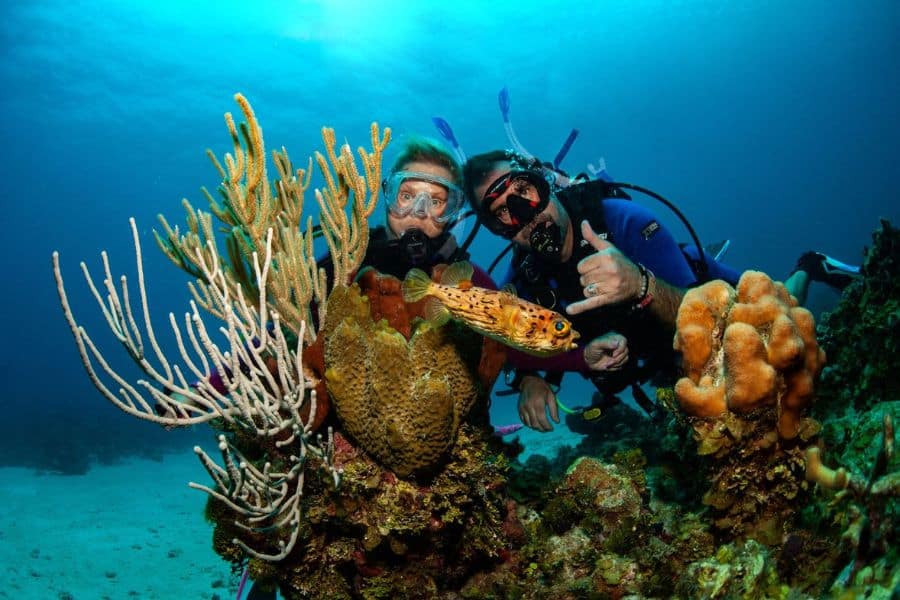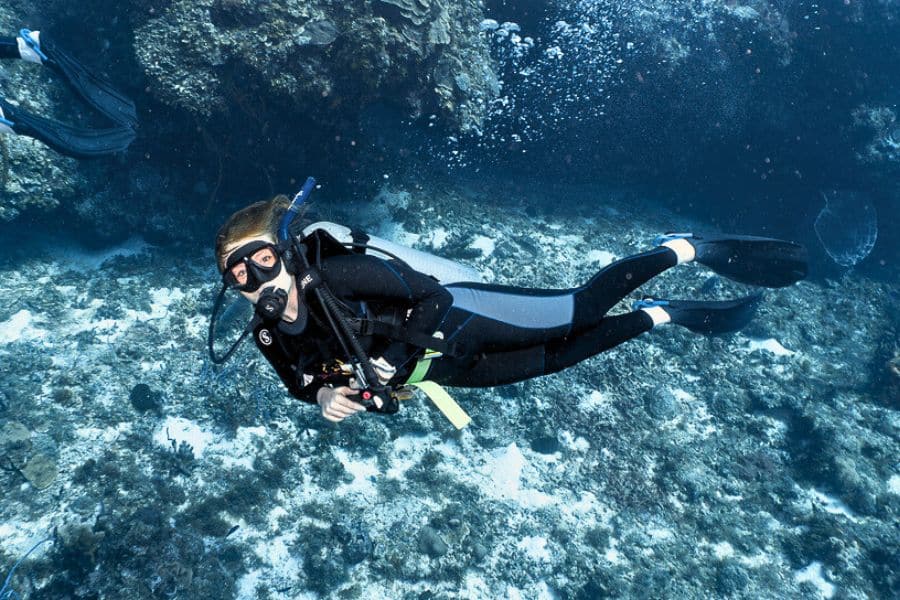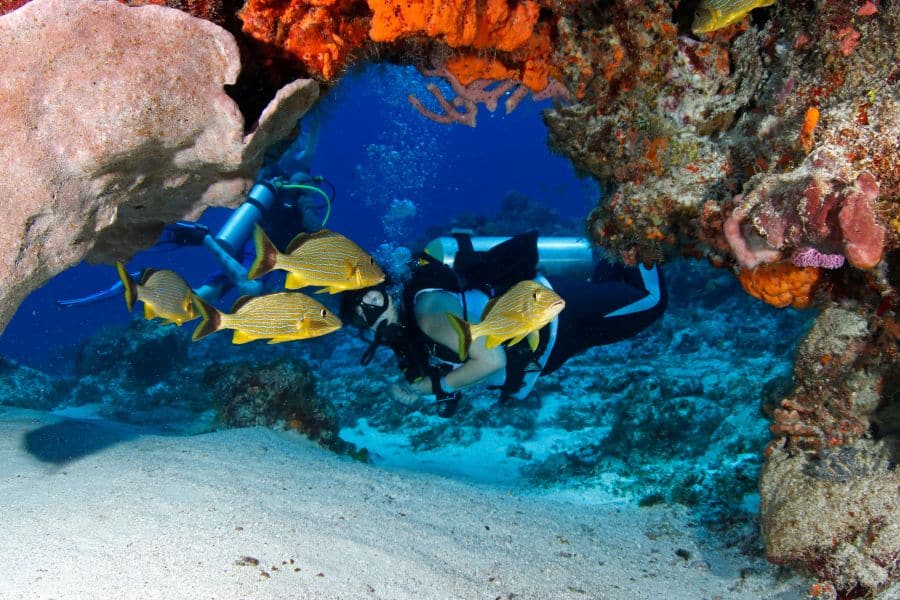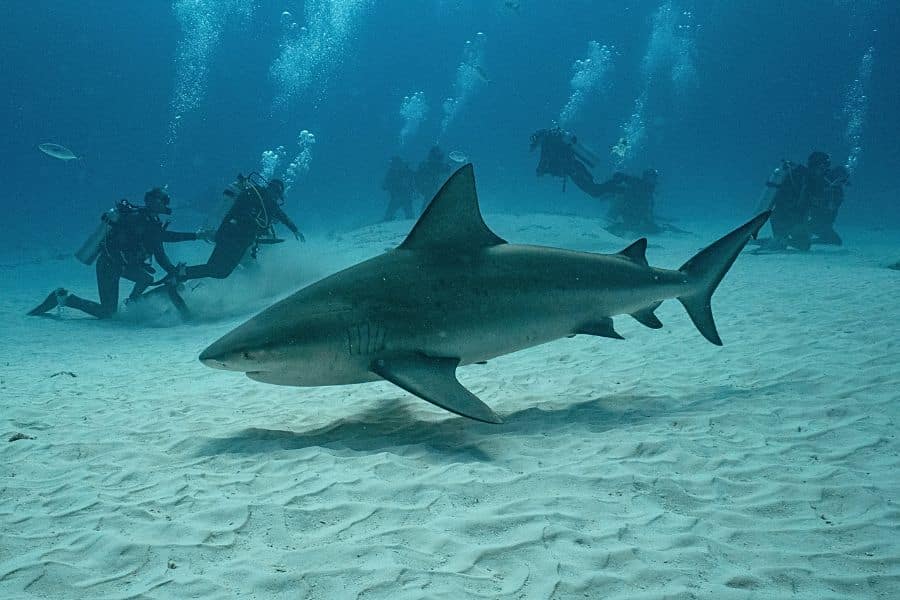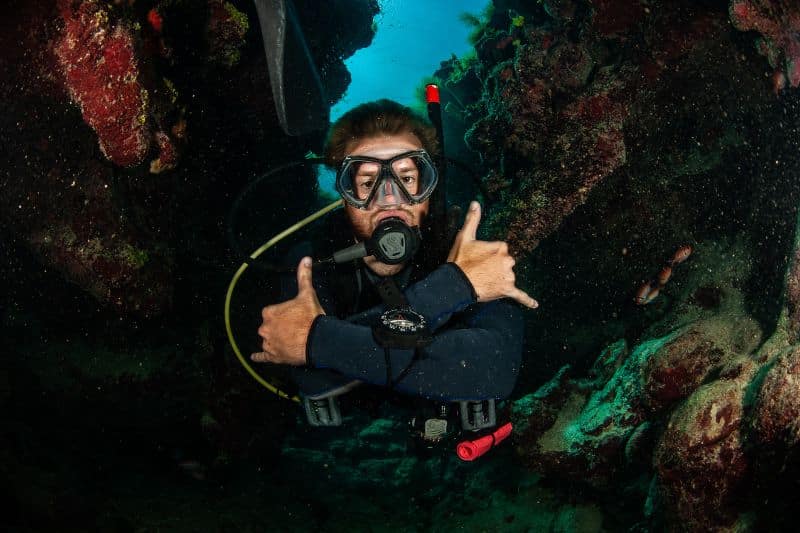Pay attention to this, because what you’re about to learn about diving time might just transform your underwater adventures forever.
If you’re reading this, chances are, you’re ready to take a giant stride into becoming a better diver.
Let’s be honest—every diver, whether a newbie or a seasoned pro, eventually asks themselves:
“Am I making the most of my time underwater?”
And here’s the truth: diving time is EVERYTHING.
I’m not just talking about glancing at your dive computer to check your bottom time. It goes way deeper than that. Managing your dive times means planning like a pro to make every single second count. It’s about knowing the best time to dive, choosing the right seasons and destinations, and experiencing unforgettable moments—like a face-to-face encounter with bull sharks that’ll leave you wide-eyed (even if your regulator is still in place).
Oh, and let’s not forget, learning how to stretch your bottom time safely.
Here’s the deal:
- You can read this article and learn how to optimize your diving time with life-changing tips.
- Or you can skip it, keep guessing the best times to dive, and stick to improvising dives that might fall short of their full potential.
Your call.
But let’s be real—managing your dive times isn’t just a nice-to-have skill; it’s a must. Whether it’s about boosting safety, improving your overall experience, or mastering key concepts like no stop time diving, dive time calculators, and the ideal schedule for each dive, this knowledge separates the average diver from the truly skilled ones.
Sound good? Then keep reading, because we’re just getting started.
Let’s dive in. You’re about to take your scuba diving times to the next level.




